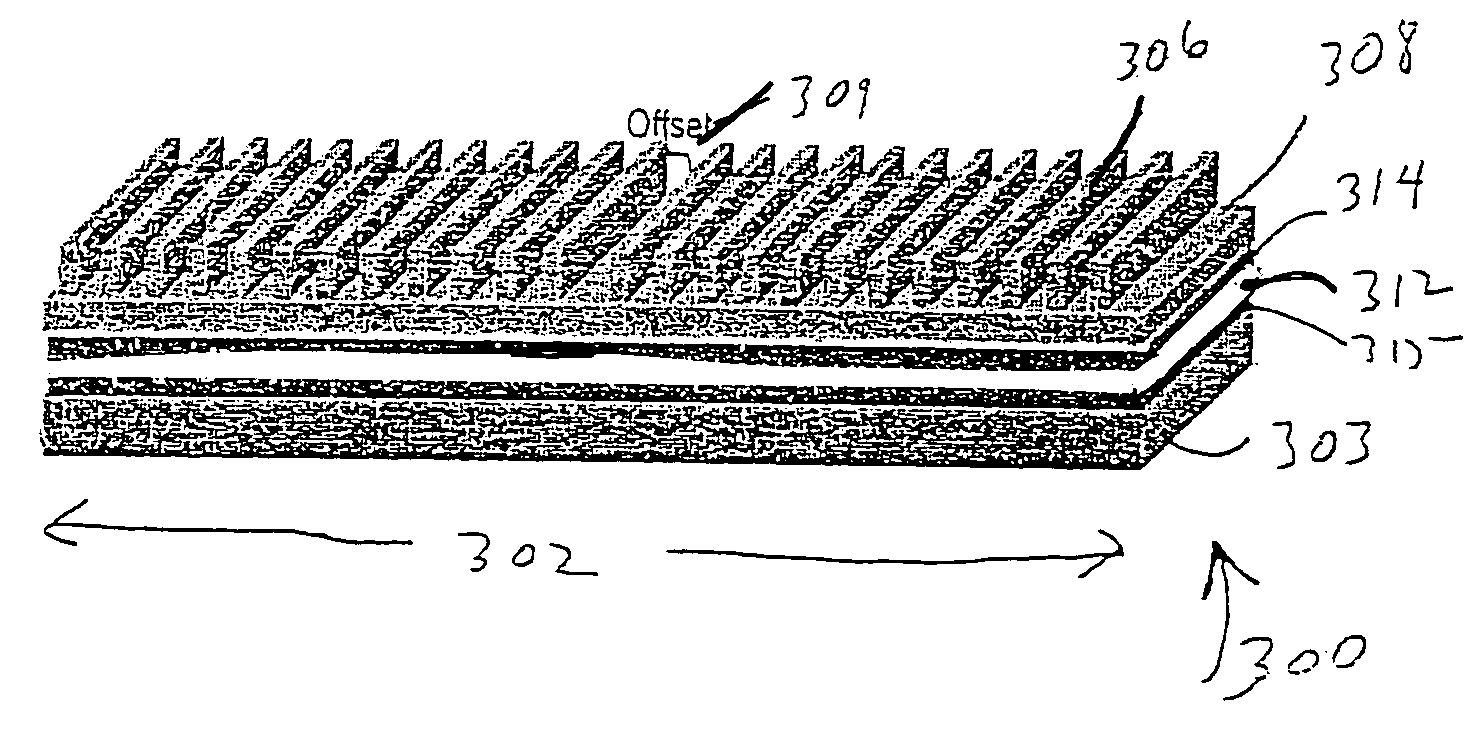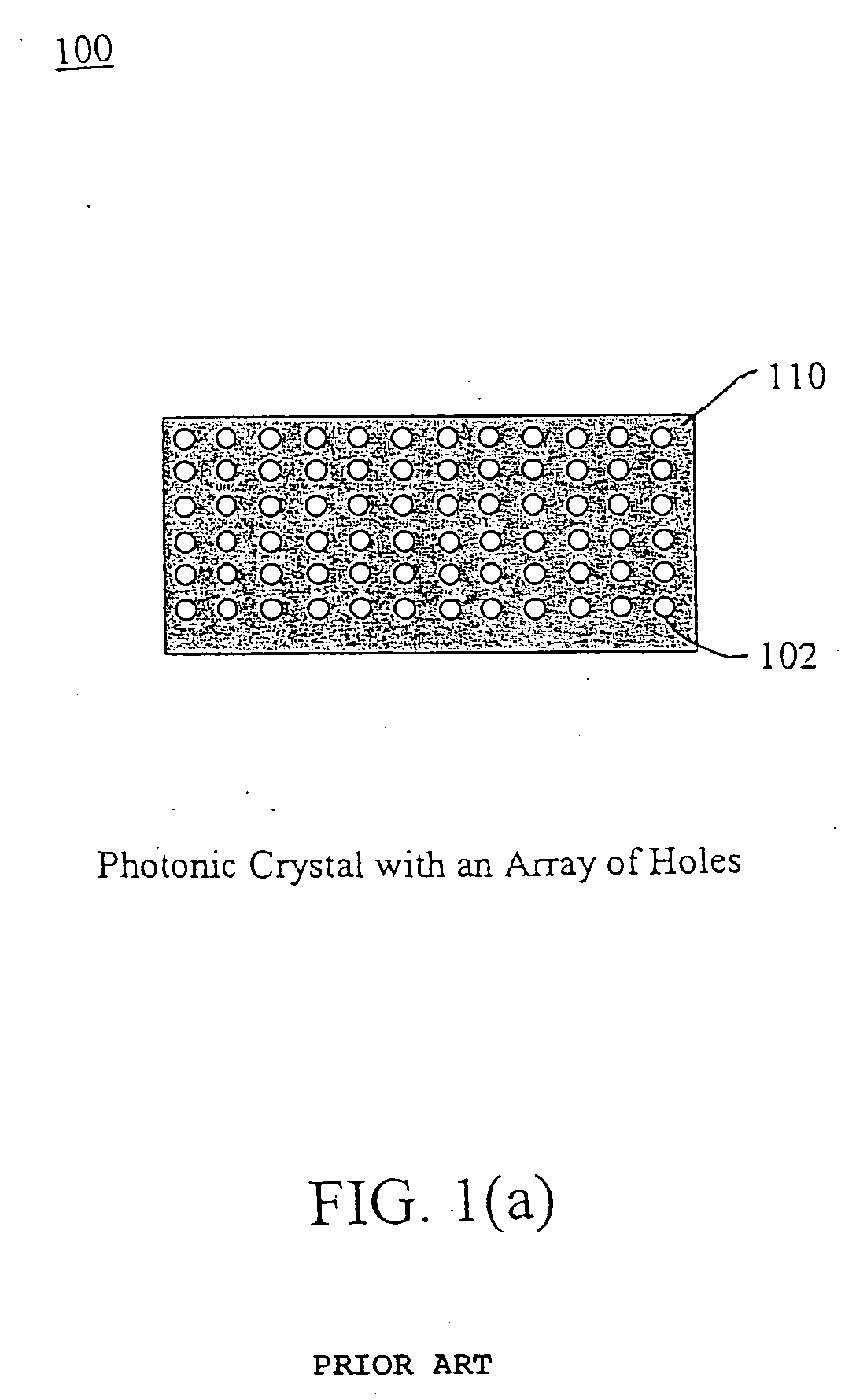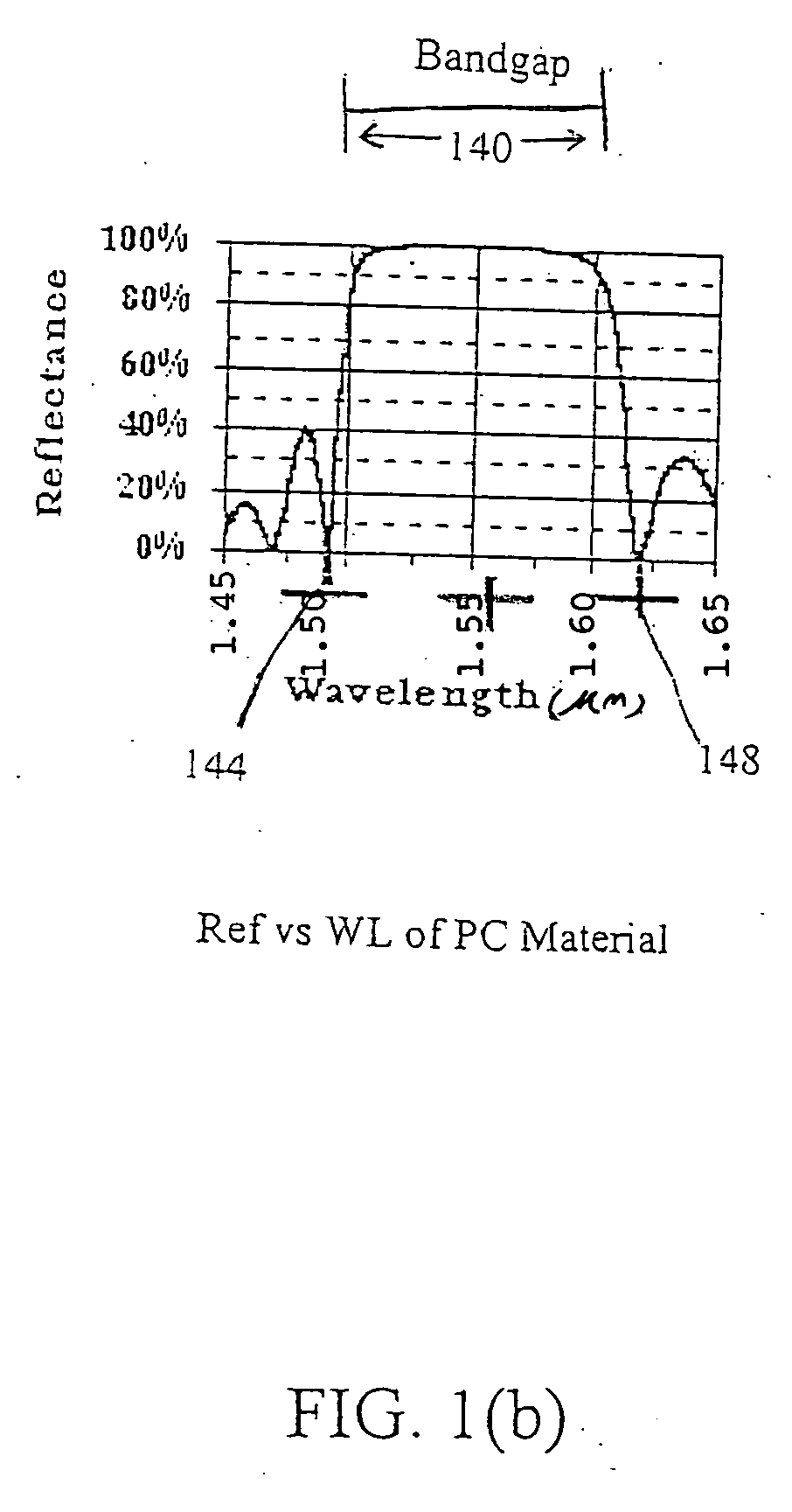Silicon nanocrystal/erbium doped waveguide (SNEW) laser
a technology of erbium-doped waveguides and nanocrystals, which is applied in the direction of semiconductor lasers, laser details, electrical equipment, etc., can solve the problems of lack of suitable mirrors, difficult fabrication of non-standard materials, and high incompatibility with standard semiconductor microchip processes
- Summary
- Abstract
- Description
- Claims
- Application Information
AI Technical Summary
Benefits of technology
Problems solved by technology
Method used
Image
Examples
Embodiment Construction
[0023] The present invention is related to U.S. patent application Ser. No. 10 / 315,578 ('578) filed on Dec. 10, 2002 entitled “NANOCRYSTAL WAVEGUIDE (NOW) LASER”, and is assigned to the same assignee as the present invention. '578 was published as published U.S. application No. 20040109483 on Jun. 10, 2004. '578 discloses a solid state laser including an optical waveguide and a laser cavity including at least one subwavelength mirror disposed in or on the optical waveguide. A plurality of semiconducting nanocrystals are disposed in the laser cavity. '578 is incorporated by reference into the current application in its entirety.
[0024] The present invention comprises a rare earth (RE)-doped solid-state integrated laser which includes an optical waveguide, and a laser cavity including at least one subwavelength mirror. The subwavelength mirror is disposed in or on the optical waveguide. The optical waveguide portion within the laser cavity includes active media comprising both an RE s...
PUM
 Login to View More
Login to View More Abstract
Description
Claims
Application Information
 Login to View More
Login to View More - R&D
- Intellectual Property
- Life Sciences
- Materials
- Tech Scout
- Unparalleled Data Quality
- Higher Quality Content
- 60% Fewer Hallucinations
Browse by: Latest US Patents, China's latest patents, Technical Efficacy Thesaurus, Application Domain, Technology Topic, Popular Technical Reports.
© 2025 PatSnap. All rights reserved.Legal|Privacy policy|Modern Slavery Act Transparency Statement|Sitemap|About US| Contact US: help@patsnap.com



